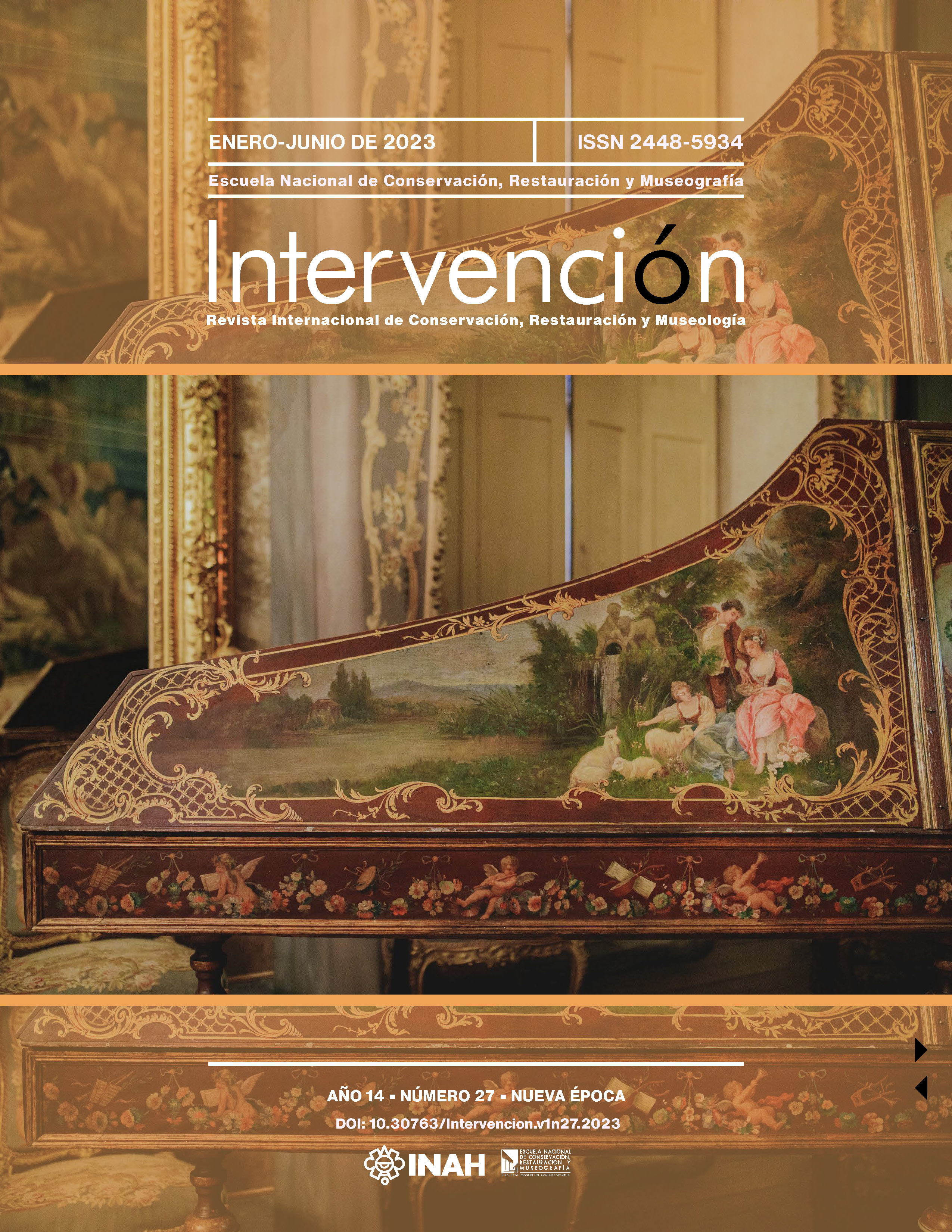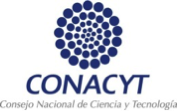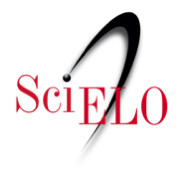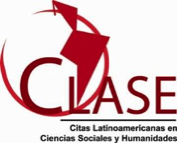Pedagogical Strategies to "Shorten Distances":
A virtual course on textile stain removal techniques.
DOI:
https://doi.org/10.30763/Intervencion.283.v1n27.62.2023Keywords:
textile conservation, stain reduction, gels, Spanish trainingcourse, pedagogical toolsAbstract
In the field of South American textile conservation, the lack of courses in Spanish and the difficulty of connecting with other professionals in the international community are challenges faced in the attempt to update knowledge within the area. With this premise, the Comité Nacional de Conservación Textil (CNCT, National Textile Conservation Committee)—an institution that brings together professionals related to the conservation and investigation of the textile heritage of Chile and other countries of the Southern Cone—developed the initiative to organize a course on textile stain removal techniques with innovative application methods. This review presents the experience of the participants on such a course, titled Disolver o remover para resolver. Curso virtual de conservación sobre la limpieza localizada en textiles (Dissolve or Remove to Resolve. Virtual Conservation Course on Localized Cleaning on Textiles).
Downloads
References
Mina, L. (2020). Foxy Underpants: Or the Use of Chelators and Enzymes to Reduce Foxing Stains on Early Nineteenth Century Men’s Linen Underpants. Journal of the American Institute for Conservation, 59(1), 3-17. https://doi.org/10.1080/01971360.2019.1674604
Garcia, V. L. y Mina, L. (Septiembre de 2021). Cuestionarios elaborados mediante Google Forms.
Additional Files
Published
How to Cite
Issue
Section
License
Copyright (c) 2023 Instituto Nacional de Antropología e Historia (INAH)

This work is licensed under a Creative Commons Attribution-NonCommercial 4.0 International License.

Atribución-NoComercial 4.0 Internacional
https://creativecommons.org/licenses/by-nc/4.0/deed.es
Usted es libre de:
- Compartir — copiar y redistribuir el material en cualquier medio o formato
- Adaptar — remezclar, transformar y construir a partir del material
Bajo los siguientes términos:
-
Atribución — Usted debe dar crédito de manera adecuada, brindar un enlace a la licencia, e indicar si se han realizado cambios. Puede hacerlo en cualquier forma razonable, pero no de forma tal que sugiera que usted o su uso tienen el apoyo de la licenciante.
-
No Comercial — Usted no puede hacer uso del material con propósitos comerciales.




















